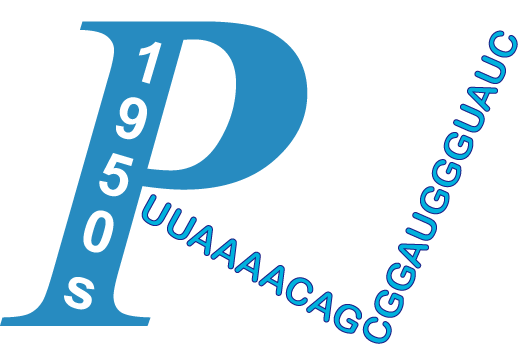| Title | Status asthmaticus requiring extracorporeal membrane oxygenation associated with rhinovirus infection. | ||
| Author | Greenawald, Lauren; Strang, Abigail; Froehlich, Curtis; Chidekel, Aaron | ||
| Journal | J Asthma | Publication Year/Month | 2020-Mar |
| PMID | 30882258 | PMCID | -N/A- |
| Affiliation + expend | 1.Division of Pulmonology, Nemours/Alfred I. duPont Hospital for Children, Wilmington, DE, USA. | ||
Objective: Evolving research links human rhinovirus (HRV) with status asthmaticus (SA) as well as severe respiratory illness in patients with atopy and asthma. This case series reviews five episodes of HRV-associated SA that required extracorporeal membrane oxygenation (ECMO). Methods: Charts of four patients, five total episodes of ECMO, with SA secondary to HRV were reviewed in this IRB-approved case series. Outcomes included demographic information, past medical history, clinical parameters and spirometry. Results: Patients (three male, one female), mean age 9 years (range 7-12 years) at the time of admission, were African American, on Medicaid, carried a diagnosis of persistent asthma, and had documented non-adherence to prescribed, daily controller medications. One patient had passive smoke exposure. All patients had a mean IgE of 734 (range 12-2497) with seasonal allergic rhinitis was diagnosed in three patients. Cases occurred in spring (3/5) and fall (2/5). Venous/venous ECMO (4/5) or venous/arterial ECMO (1/5) was continued for a mean duration of 4.2 days (range 3-7 days). Spirometry after hospitalization had a mean FEV1 of 1.59 L (81% predicted, range 69%-91%), and an FEF25%-75% 1.13 L (47.5% predicted, range 41%-65%) at an average of 16.7 weeks post ECMO. Conclusions: This case series highlights the association between persistent, poorly controlled asthma and severe SA with HRV infection resulting in ECMO. Despite life-threatening illness, these patients did not demonstrate significant large-airway obstruction following infection. However, patients showed persistently abnormal small airway function, which could be a risk factor or early evidence of vulnerability to infection.
